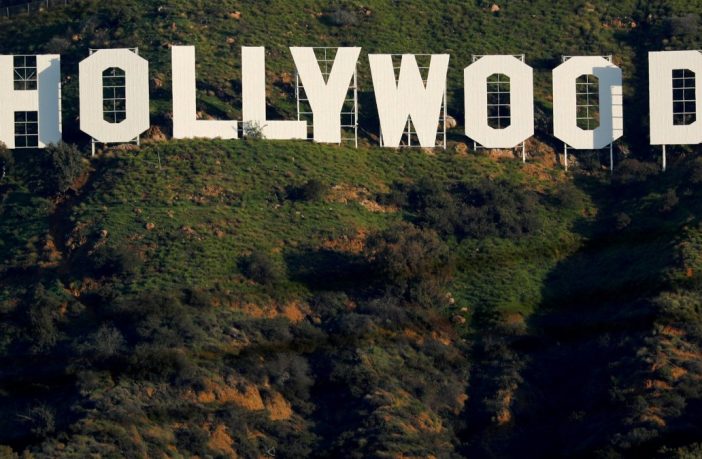
Filmmakers have been putting monsters on screen for over a century. In 2023, the real bogeyman looks like us.
Since June, Hollywood studios and artists have been debating the use of artificial intelligence in film and television. The failure to agree on the conditions around AI is one of the reasons why the SAG-AFTRA union representing actors and media professionals joined the Writers Guild last Friday as part of the first simultaneous strike in 63 years.
Among the biggest fears of actors? Synthetic artists.
While the two sides have negotiated on issues ranging from using footage and performances as training data for AI systems to digitally altering performances in the editing room, players fear that entirely generated by AI, or “metahumans,” do not steal their roles.
“If it weren’t a big deal to consider using AI to replace actors, it would be a no-brainer to make a deal and let us sleep with peace of mind,” said Carly Turro, an actress who is appeared in TV series like “Homeland,” said on a picket line this week. “The fact that they don’t is terrifying when you think about the future of art and entertainment as a career.”
One problem is creating synthetic performers from an amalgamation of actor images. Studio sources said this has not yet happened, although they aim to reserve this right as part of contract negotiations.
SAG-AFTRA chief negotiator Duncan Crabtree-Ireland said AI poses an “existential crisis” for actors who fear their past, present and future work will be used to generate “synthetic artists who can take their place.
Crabtree-Ireland said the union was not seeking to ban AI outright, but rather for companies to consult with it and get its approval before hiring a synthetic artist in place of an actor.
Major film and television producers say they addressed the union’s concerns on the issue in their latest proposal, according to people familiar with the matter. The union, however, did not respond to their proposal, indicate these studio sources.
The studios, keen to preserve their creative options, agreed to notify SAG if they considered using such a synthetic artist to replace a human actor who otherwise would have been hired for the role, and to give the union the opportunity to negotiate, according to sources close to the producers’ position.
Digital replicas
Another sticking point in the negotiations is the creation of digital replicas of the background artists.
The major studios, represented by the Alliance of Motion Picture and Television Producers, said they would obtain permission from an actor to use his or her digital replica in any film outside of the production for which the interpreter has been hired, according to sources close to the producers. proposal.
Producers said they would negotiate with actors over payment when the digital copy was used – and stipulated that the virtual version of the actor could not replace the minimum number of background actors required under the SAG agreement.
SAG claims the studios agreed to obtain consent at the time of initial hiring, which they say is contrary to the idea of additional compensation.
“What this really means is that these companies will say to background artists, ‘If you don’t give us the consent that we require, we won’t hire you and we’ll replace you with someone else,’” Crabtree said- Ireland. “That’s not meaningful consent.”
Studios are also looking to continue the long-standing practice of 3D body scans to capture an actor’s likeness, in this case to create AI-generated digital replicas. Such images would be used in post-production, to accurately replace an actor’s face or create an on-screen double, said a person familiar with the mechanics of film production.
Producers promised to obtain the actor’s consent and negotiate further uses of the actor’s lookalike separately, according to sources.
Studios can do this now, with appropriate consent and compensation, Crabtree-Ireland said. The issue for the union is the desire to retain the rights to the digital replicas for future works, thus appropriating the virtual character.
Similarly, studios claim the right to digitally edit a performance post-production, in a way that is consistent with the director’s character, storyline, and vision. This ability to replace a word or two of dialogue, or perform a quick digital wardrobe change, could save hundreds of thousands of dollars in filming costs for a scene, one of the sources said from the studio.
Producers have proposed seeking artist consent for any changes beyond typical edits made after production, according to sources.
SAG interprets this as excessive AI infringement and wants permission to be sought before any modification of an actor’s image, likeness or voice.
“Traditional editing methods cannot create a new scene that has never existed before,” Crabtree-Ireland said.
© Thomson Reuters 2023
Tech




